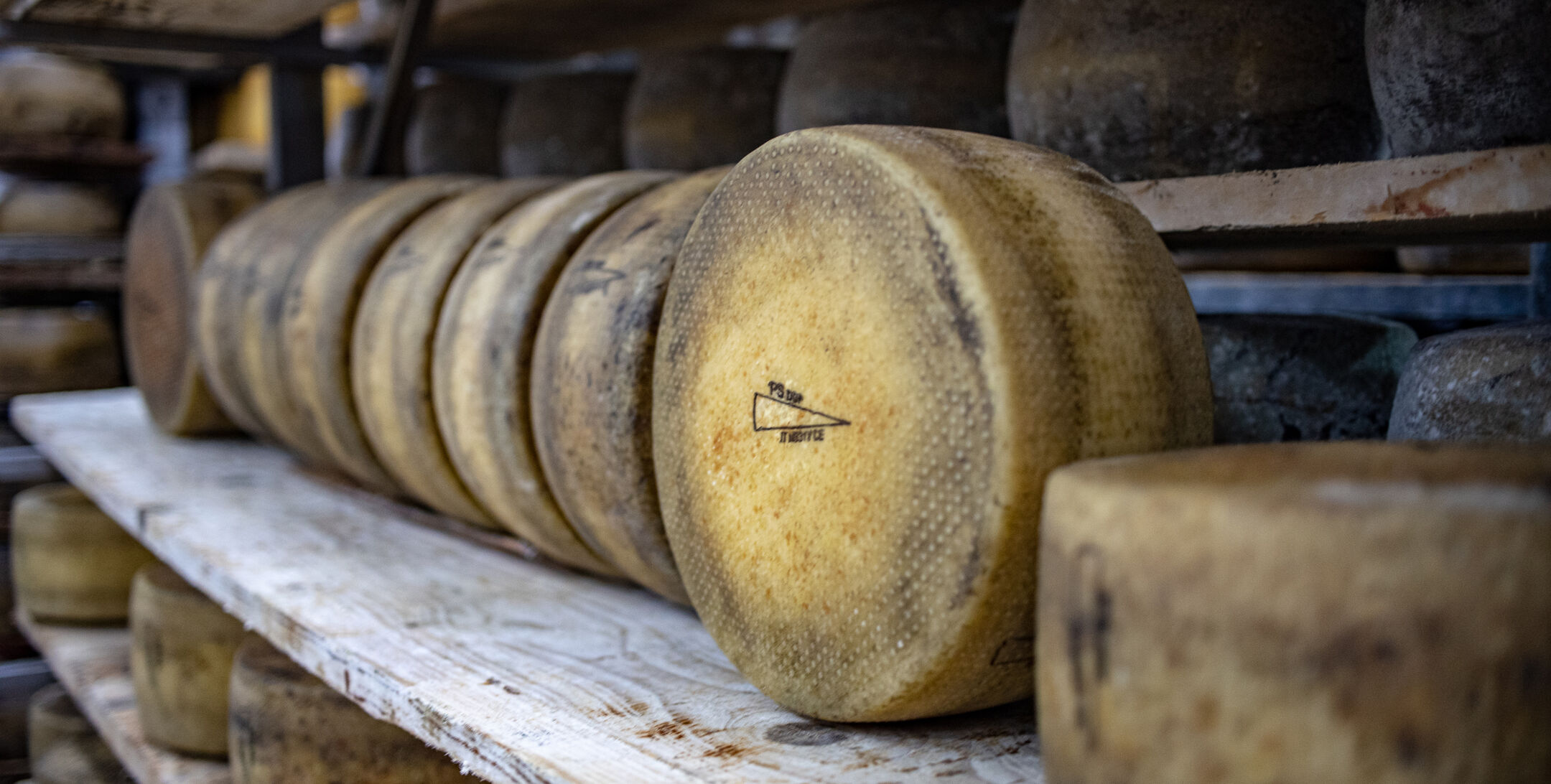
In terms of size and population density, Sardinia is the second largest island in the Mediterranean Sea, but it’s also practically a mini-continent thanks to its remarkable variety of natural and human environments.
The island’s uniqueness is largely thanks to:

Many natural features that have long disappeared in other parts of the country remain unspoilt in Sardinia: remote coastlines, mountains, forests, rare animals and indigenous plants.
The climate, typically Mediterranean, is mild in winter and hot in summer: the north and west of the island tend to see the most frequent rainfall, and the island as a whole sees between 200 and 230 days of full sunshine over the course of the year. The climate is also significantly influenced by the sea and the strong winds that regularly blow across the island during each of the four seasons. Woodland covers approximately 18% of the island, principally consisting of evergreen oaks and downy oaks. In the coastal areas as well as the central-eastern sector, junipers and wild olive trees are commonplace. Throughout the rest of the island there are vast expanses of lentisk, cistus and strawberry trees as well as many other wild plants that are typical of the island.




